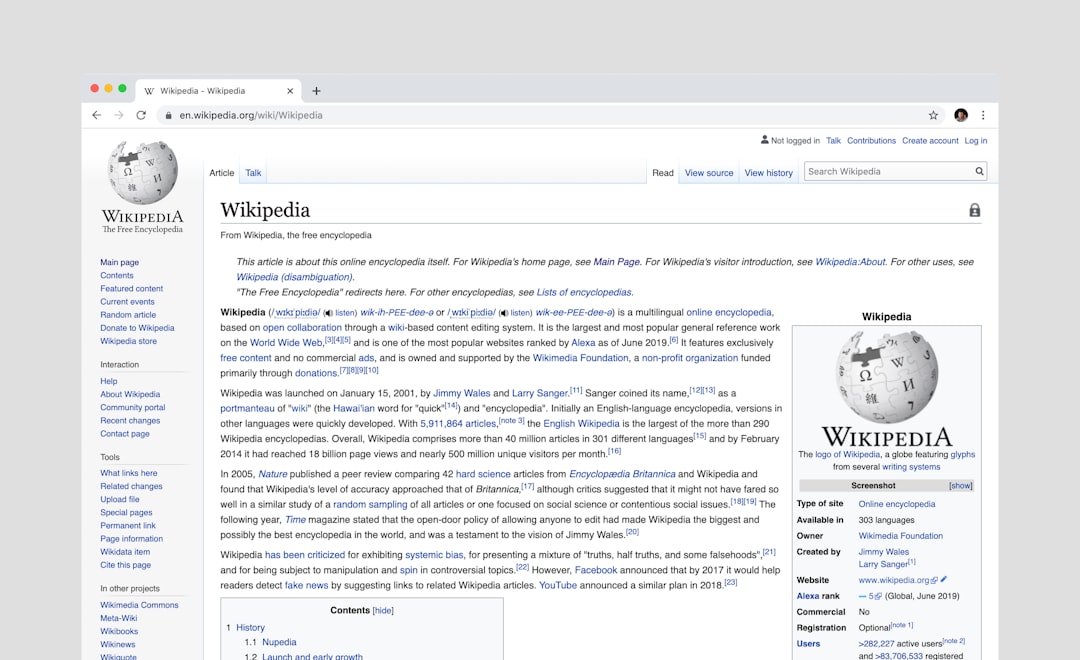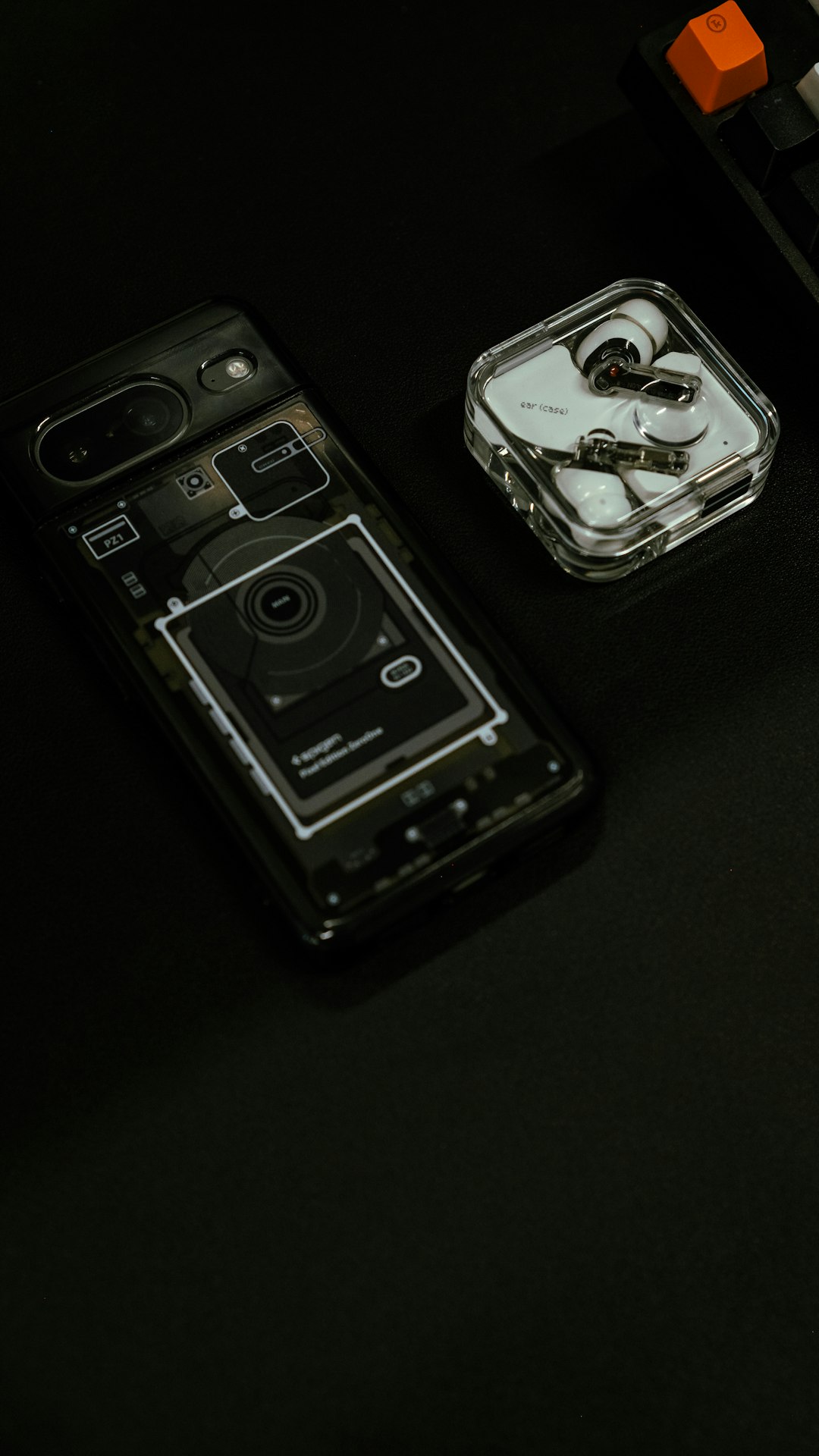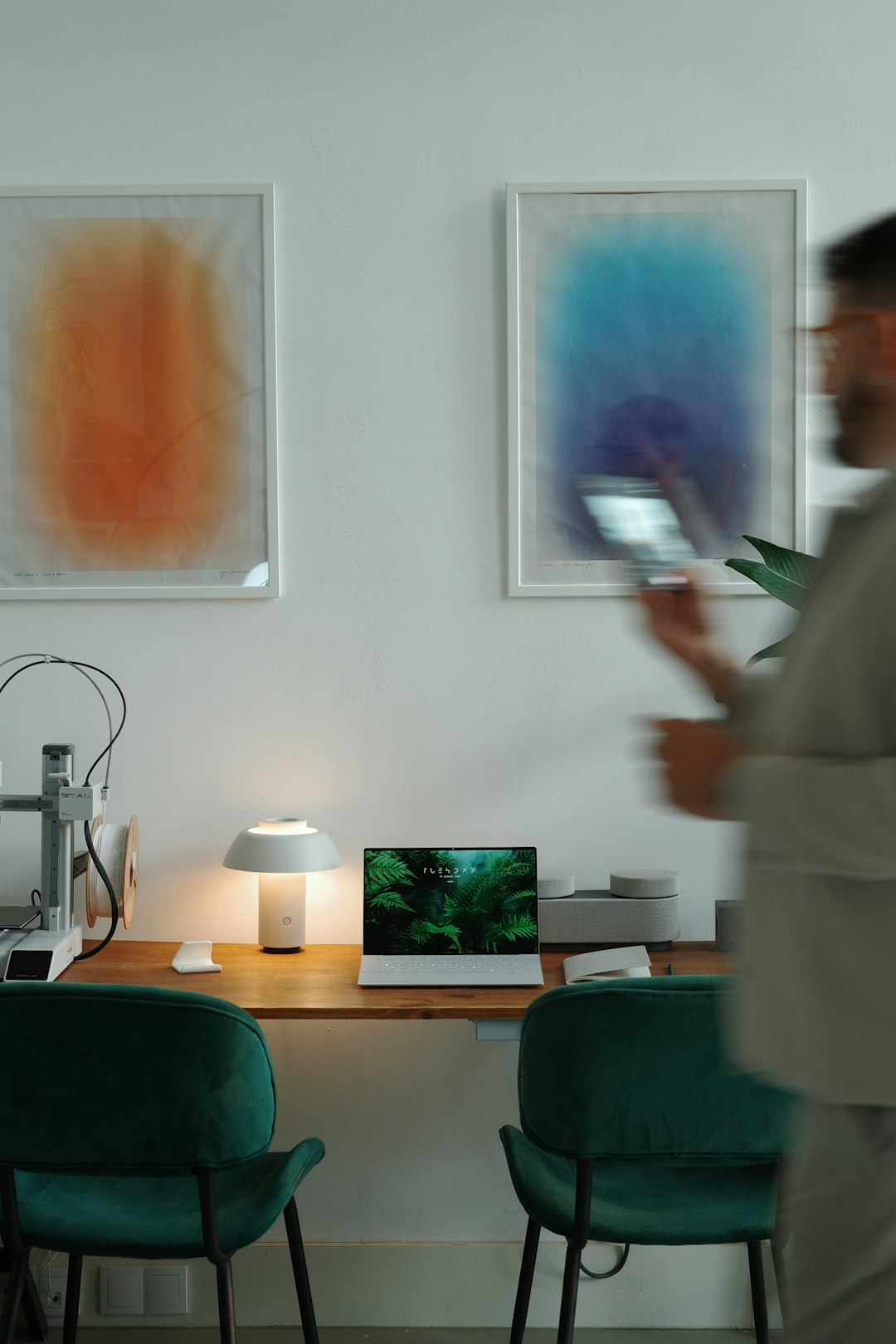Table of Contents
When it comes to protecting a precious iPhone, one of the most important decisions a user can make is choosing the right case. With a market flooded by countless designs, brands, and levels of protection, the decision often narrows down to two main types: slim cases and rugged cases. Each has its strengths and weaknesses, and the best choice often depends on an individual’s lifestyle, habits, and environment.
The Appeal of Slim iPhone Cases
Slim iPhone cases are designed with minimalism in mind. They are lightweight, sleek, and designed to maintain the aesthetic of the iPhone itself. Users who prioritize style, portability, and everyday convenience often gravitate toward this type of case.
Key advantages of slim cases include:
- Lightweight design: They add minimal bulk and are easy to carry.
- Maintain aesthetic: Transparent or minimal designs let the natural look of the iPhone shine through.
- Pocket friendly: Slim cases easily slip into pockets or small bags without creating a bulge.
- Lower cost: Most slim cases are budget-friendly without sacrificing basic protection.
However, slim cases often compromise on impact resistance. They’re ideal for users with less active lifestyles or those who use their phones primarily in controlled, indoor settings.

The Allure of Rugged iPhone Cases
On the other end of the spectrum are rugged iPhone cases. These are built like armor for your phone. Designed to survive drops, dust, water, and rough environments, rugged cases appeal to those with active lifestyles or jobs that demand durability from personal technology.
Popular features of rugged cases include:
- Drop protection: Often engineered to military-grade standards for shock absorption.
- Weather resistance: Some rugged cases include water and dust resistance for outdoor use.
- Enhanced grip: Textured surfaces help users hold onto the phone in wet or slippery conditions.
- Port and screen protection: Most have flaps, raised edges, or built-in screen protectors.
These features make rugged cases a top choice for adventurers, construction workers, travelers, and parents with small children—anyone whose environment routinely puts their phone at risk.

Lifestyle-Based Decision Making
The choice between slim and rugged isn’t just about protection—it’s a reflection of lifestyle. Here is a breakdown of different lifestyle scenarios and which case type may be best suited:
1. Urban Professionals or Students
For those commuting across cities, spending time in offices, libraries, and cafes, slim cases generally offer the right amount of protection. These individuals typically handle their phones with care and use them primarily indoors. Slim cases blend well with professional attire and modern tech aesthetics.
2. Outdoor Enthusiasts and Athletes
If hiking, biking, or frequent outdoor activities are part of the routine, rugged cases are a wise investment. They offer peace of mind when the terrain is unpredictable and conditions are rough.
3. Parents or Pet Owners
Homes with children or energetic pets are more accident-prone. Whether it’s a sudden spill, a toy flying across the room, or a curious toddler chewing on a phone, rugged cases provide necessary protection against these unexpected hazards.
4. Travelers and Digital Nomads
People constantly on the move—whether for work or pleasure—need a case that holds up under variable conditions. From airport terminals to remote villages, rugged cases ensure that the phone survives every bump in the journey. That said, some slim, hybrid cases offer moderate protection while maintaining a compact form, which may also appeal to travelers looking to pack light.
Durability vs. Convenience: What’s Worth Compromising?
There’s no one-size-fits-all answer. Some users may opt to switch cases based on the setting; a slim case for work and a rugged one for weekend adventures. Others may prefer one case that balances both ruggedness and portability.
If protection is a top priority: Rugged cases from brands like OtterBox, UAG, and LifeProof provide extensive protection features. The trade-off is increased weight and bulk.
If comfort and style are more important: Brands like Apple, Spigen, and Totallee offer slim cases that maintain the beauty and ergonomics of the phone.
Hybrid Options: The Middle Ground
For those who find it hard to pick between slim and rugged, hybrid cases serve as a compromise. These cases often combine a hard shell with soft edges, giving a moderate level of protection without becoming too bulky.
Well-engineered hybrid options often feature materials like TPU and polycarbonate. Some even come with detachable bumpers or metallic frames that enhance durability while still keeping a lower profile.

Closing Thoughts
Choosing the right iPhone case isn’t just about protecting a device—it’s about matching gear to lifestyle. A city commuter and a mountain climber have different needs, and the case they choose should reflect that. Luckily, today’s market offers options for every type of user. By reflecting on daily routines and potential hazards, anyone can find a case that strikes the ideal balance between form, function, and personality.
FAQ: Slim vs Rugged iPhone Cases
-
Q: Do slim cases offer any drop protection?
A: Yes, many slim cases offer basic drop protection up to 4-6 feet. They’re designed for light, everyday use and minor accidents. -
Q: Are rugged cases waterproof?
A: Not all rugged cases are fully waterproof, but many offer water resistance and protect against splashes, rain, and dust. -
Q: Will a rugged case interfere with wireless charging?
A: Most modern rugged cases support wireless charging, but the charging speed may be slightly reduced due to the thickness of the case. -
Q: Do slim cases come in different materials?
A: Absolutely. Slim cases are made from materials like silicone, TPU, leather, and even aluminum for a premium feel. -
Q: What is the most popular choice for everyday users?
A: Many everyday users prefer slim or hybrid cases as they strike a balance between protection and portability.

